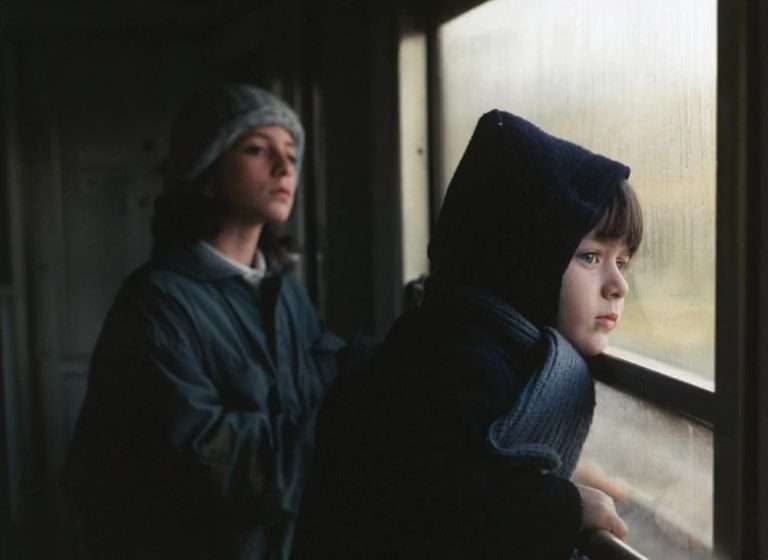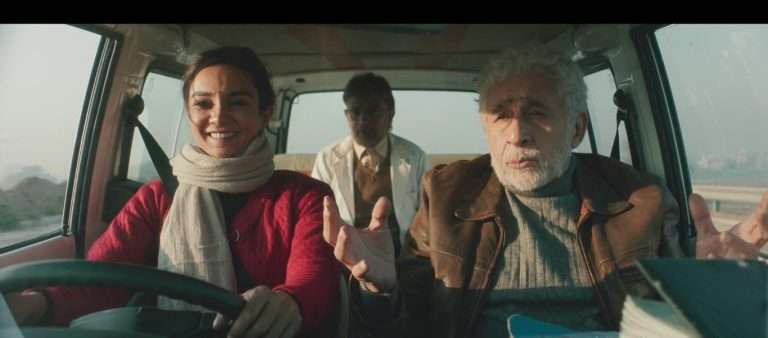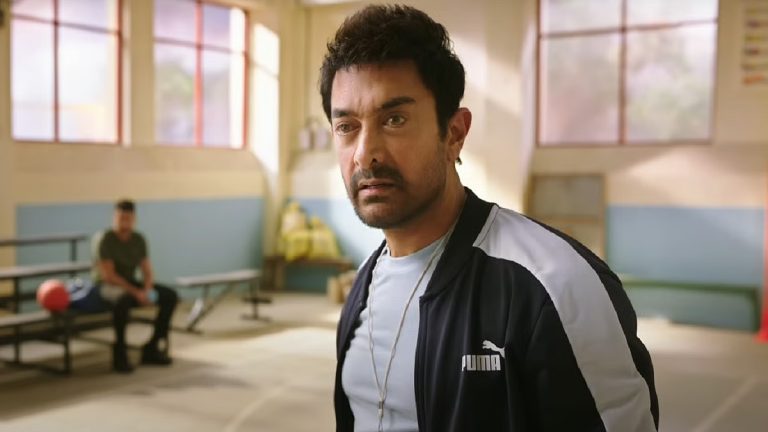Payal Kapadia’s Grand Prix-winning, debut feature “All We Imagine as Light” begins with a slow, elongated moving shot of a blue-tinged Sabji-Mandi (Vegetable market) accompanied by a sad soliloquy: “I’ve lived here maybe 23 years. But I feel afraid to call it home. There’s always the feeling I’ll have to leave.” Taking into account a plethora of criticism from the faceless multitude, on the economic capital of India – Mumbai – the film languidly settles down to encompass the lives of three nurses: Prabha (Kani Kusruti), Anu (Divya Prabha) and Parvaty (Chhaya Kadam), each belonging to a different age group.
The three nurses have migrated to Mumbai from their native villages in search of a better living. Each of them has their own sufferings, which sometimes make them so emotionally numb that it pierces our hearts. Prabha, in her late thirties, was abandoned by her husband shortly after their marriage. Anu, in her late twenties, is oscillating through the amorous turbulence typical of her age. And Parvaty, in her late forties, is receiving threats to leave her abode from a builder who wants to raze her place and erect a tower instead.
Mumbai is considered the city of dreams. Like other metropolises, it is embellished with skyscrapers almost kissing the sky, jeweled by soft, dreamy lights, and enclosed by the Arabian Sea. But underneath this ethereal beauty, the city has a pitch-dark, brutal side. It always fulfills one’s dream at the expense of crushing thousands of others. The accumulated capital that Mumbai possesses lures the working class from the countryside to seek a place in the city. Anu, Prabha, and Parvaty – all of them have left their villages behind to settle down in Mumbai.
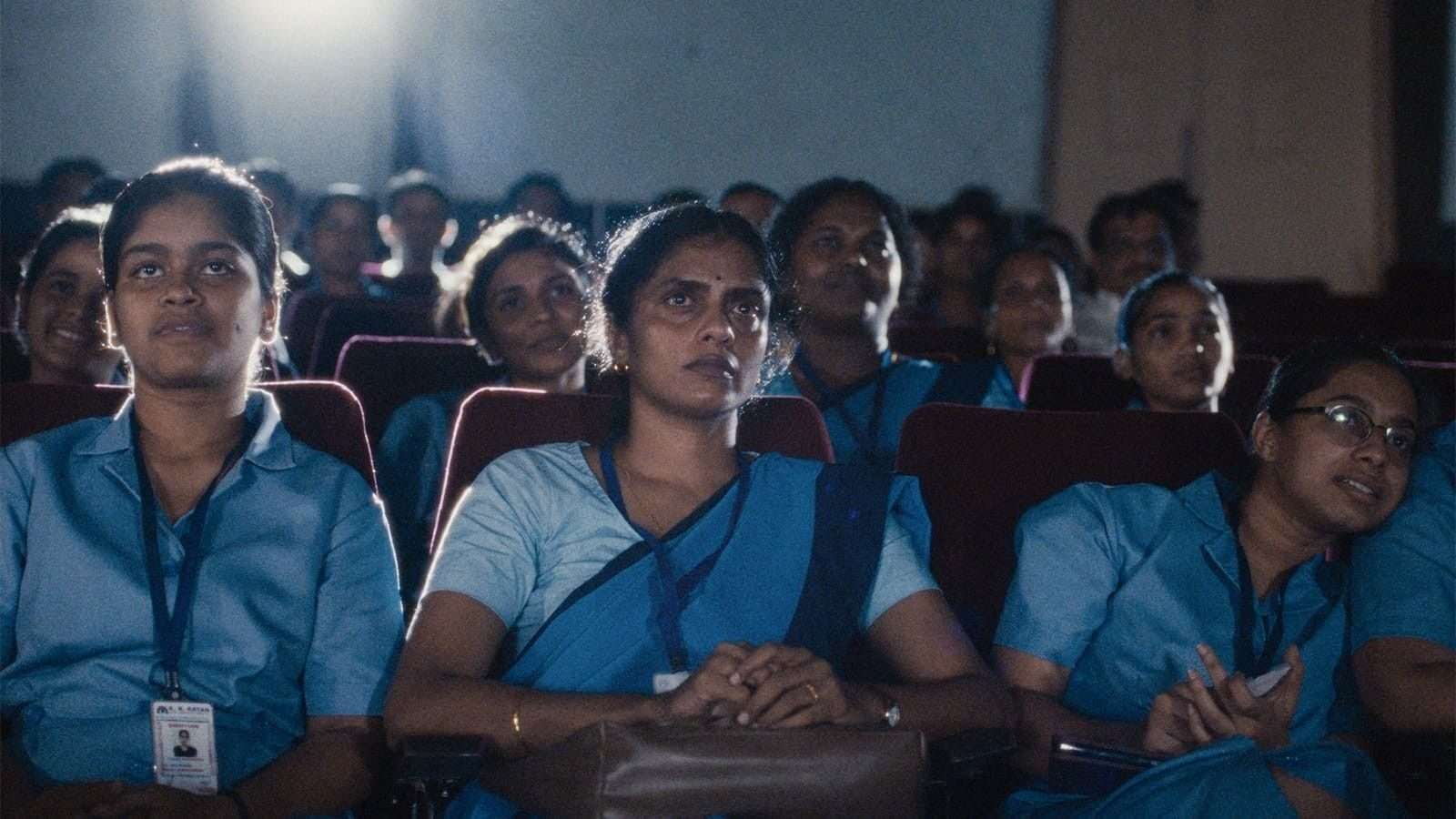
Kapadia’s decision to derive from the mosaic of sullen grievances that we hear in the opening shot of the film, and focalize upon the lives of three working-class women can be justified by saying that their sufferings epitomize the condition of working-class women in 21st-century India.
Prabha and Anu are the two characters who contradict each other the most, yet share a shabby hovel with a runaway pregnant cat. While Anu is secretly seeing Shiaz (Hridhu Haroon) and is desperate to catch every fleeting moment of amour, Prabha is portrayed as a lonely yet responsible woman. She prepares Anu’s favorite fish curry to subdue her anger and often covers her rent. Prabha also takes Parvaty to the solicitor to save her from being displaced. But Prabha’s personal life is intricately enmeshed with gloom, despair, and loneliness. She is like a desolate island in the bustling sea of life.
Also Read: ‘All We Imagine as Light’ (2024) and the Poetic Deconstruction of the ‘Indomitable Mumbai Spirit’
Prabha’s failed arranged marriage has anesthetized her sensibilities and confounded her emotionally. When a doctor (Azees Nedumangad) – tortured by Hindi and the brutality of Mumbai – decides to leave the city, he tells Prabha that she was and could be the only reason for him to stay. Instead of giving herself another chance to overcome her tedious solitude and appalling loneliness, Prabha retreats from the rendezvous by saying that she’s married, abandoning the possibility of a tryst with the doctor. But when in recluse, Prabha craves love.
In a mise-en-scène garnished with an almost chiaroscuro lighting, Prabha sits by the window and reads a poem, written and gifted to her by the doctor: “My dreams are made of everyday things / small & scattered that I’ve left behind.” She even secretly desires a touch. During a downpour, Prabha slowly takes the rice cooker that her husband has sent from Germany and cuddles it softly, almost taking it between her legs. This heart-wrenching scene paralyzes us by alluding to how grief can possess a soul for so long, like an evil spirit, and refuse to leave even after all hope has virtually vanished. Unlike Prabha and Anu, who represent mostly the psychical intricacies, Parvaty embodies the material condition of a working-class woman in India. Her displacement and moving back to her coastal native village criticize the heinous real-estate business of metropolises.
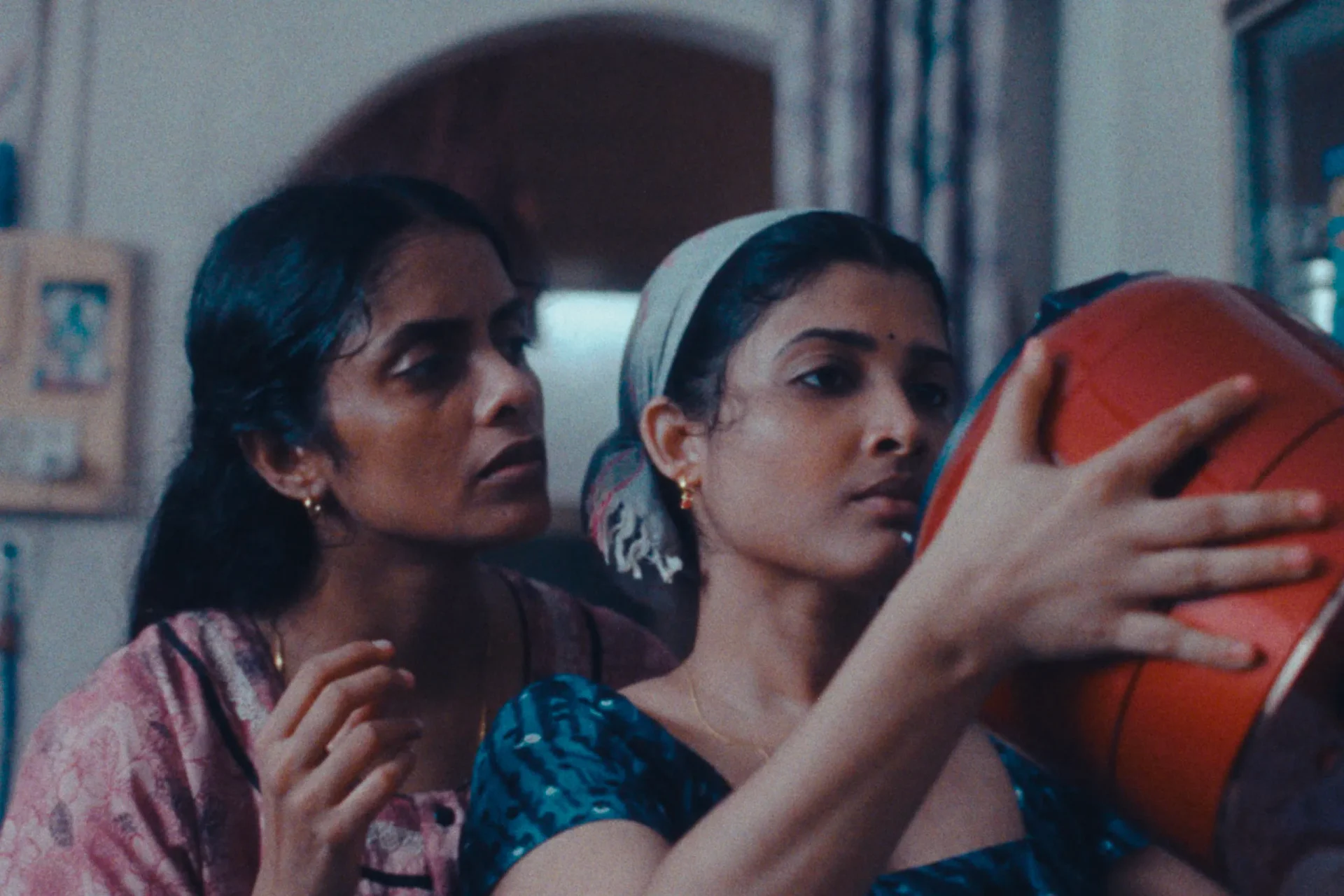
Even after living for ages, she fails to save her abode because she doesn’t possess the required documents. This incident leads Parvaty to become a fierce critic of the metropolis. When she lets Prabha know that she has accepted the job of a cook and decided to return to her village, Parvaty stares at the skyscrapers from the hospital window and says: “They think that by building their towers taller and taller, one day they can replace God.” In another scene, she and Prabha damage a hoarding that boastfully highlights, “Class is a privilege. Reserved for the privileged,” put up by the same builder who had usurped her house. With Ranabir Das’s meditative camera, Kapadia curates Parvaty’s struggle and defeat so minutely that the images delineate the working class’s existential problems in the city of Mumbai.
Prabha and Anu accompany Parvaty to her village. As they board a bus, a serenity permeates and things slow down. This is something Payal Kapadia has done intentionally, as she said in one of her interviews at The Lincoln Center, to distinguish the bucolic slowness of rural India from the bustling Mumbai cacophony. There, in that village, Anu makes love with Shiaz in a secluded field – something she had longed for. The narrative takes a magical turn, although tinged with grief when Prabha saves a drowning man, who doesn’t remember his past and considers him as her husband only to vacate the dolor that was piling up inside her.
Payal Kapadia’s “All We Imagine as Light” is a poetic portraiture of working-class women in India. Its power lies in its slowness. Kapadia knows exactly where and when to slow down. Be it the slow-motion scene where Prabha walks back to her apartment after refusing the doctor or the bewitching love-making scene of Anu and Shiaz, aided by a piano interlude, or the beguiling conversation between Prabha and the drowned man – the slow, calm space that Kapadia provides helps us to contemplate the sorrow, loneliness and existential questions that entangle the characters.
What makes this gloomy film so captivating is Kapadia’s stability as a writer. She avoids incorporating the social cues bluntly, as seen in the canonical “Political Cinema,” and refuses to retract from her poetic approach. Instead of a political extravaganza, “All We Imagine as Light” will be remembered as a slow criticism of Mumbai through the eyes of three working-class women.


